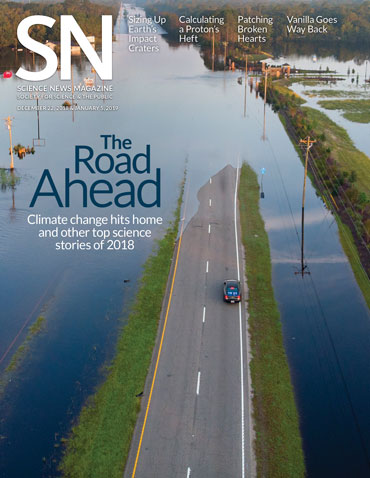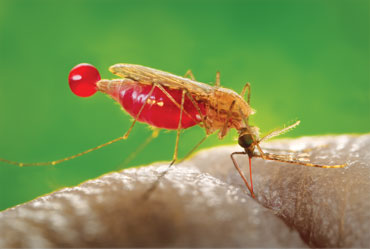 Defining intelligence
Defining intelligence
Synthetic intelligence adopted fauna, recognized illness, mapped the moon and extra in 2018, Maria Temming reported in “Artificial intelligence is mastering a wider variety of jobs than ever before” (SN: 12/22/18 & 1/5/19, p. 25).
On-line reader greg discovered the time period “synthetic intelligence” deceptive. “In actuality what we name AI are merely classification algorithms,” greg wrote. “True AI might nicely by no means exist, we don’t have the primary clue how one can do it.”
Temming acknowledges that the time period may give individuals the improper concept about what computer systems are literally doing. “Definitely AI algorithms don’t assume like people do,” she says. “However you additionally is likely to be conflating two totally different ranges of synthetic intelligence.”
Synthetic slender intelligence is the AI that exists now. These techniques are designed to imitate particular feats of human intelligence equivalent to picture recognition and sport strategizing. “An A-list AI instance can be AlphaGo, which is extraordinarily good on the hardest board sport ever, however nothing else,” Temming says. The second form of AI is synthetic basic intelligence. “That AI would be capable to remedy any downside with human-level intelligence. We’re not there but.”
2019: An area odyssey
In “2018 was a busy year in space” (SN: 12/22/18 & 1/5/19, p. 32), Lisa Grossman reported on missions that began exploring the cosmos in 2018 and others that have been winding down.
Reader Leslie Hruby prompt that Science Information’ 2019 area missions recap embody protection of New Horizons’ flyby of the Kuiper Belt object nicknamed Ultima Thule. “So excited to be taught extra about these small worlds orbiting in our photo voltaic system (and how one can pronounce them). Asteroids, dwarf planet, distant object, Oh my!” Hruby wrote.
We now have it lined, Grossman says. She reported on New Horizons’ New Year’s Day flyby of Ultima Thule (pronounced TOO-lee, or THOO-lee, relying on whom you ask). “One thrilling discovering is that the area rock is formed like a snowman,” she says. The form is the results of small rocks glomming together to form larger rocks (SN: 2/2/19, p. 7). If Science Information does a 2019 mission recap, New Horizons will certainly make the record.
Pooetry
Wombats’ elastic intestines assist the marsupials type cubelike scat, Laurel Hamers reported in “Wombats are the only animals whose poop is a cube. Here’s how they do it.” (SN: 12/22/18 & 1/5/19, p. 4).
The story obtained readers’ creativity flowing. Many despatched in poems in regards to the analysis.
Reader Tom Torkildson wrote: “Of all the numerous dainty species / solely wombats form their feces / Six-sided solids are what they go / I’m wondering, can they sculpt their gasoline?”
On Twitter, @cuttlefishpoet penned a limerick: “So that you’re saying that wombats poop cubes / ’Cos their guts are elasticized tubes / Which take fiber-filled food plan / And course of and dry it / For stacking? C’mon — are we rubes?”
Science Information alumni even obtained in on the enjoyable. Former intern Leah Rosenbaum wrote: “They’ve by no means heard of Picasso / Braque, Léger or Cézanne / They don’t sit at cafés ingesting espresso / And so they discover canvases fairly bland / Should you gave them a paintbrush or palette / They wouldn’t even want to make use of it / For them it’s innate, it’s a behavior /Wombats are the unique cubists.”

 Defining intelligence
Defining intelligence

